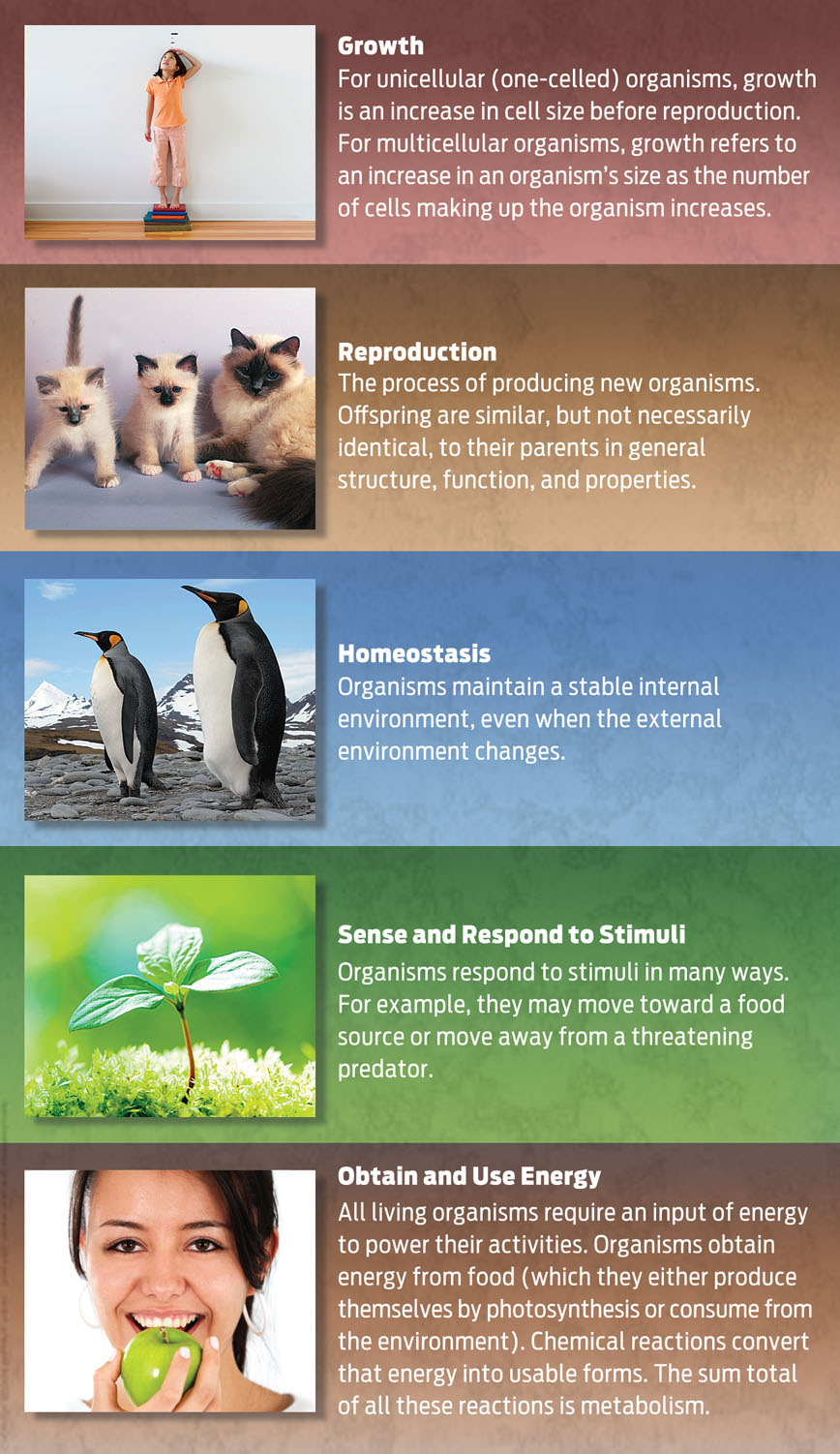THE SEARCH FOR MARTIAN LIFE
This isn’t the first time NASA has sent a rover to Mars. Other rovers have moseyed over the red planet, including Phoenix in 2008 and Spirit and Opportunity in 2004. But none has done so with as much flair. With a $2.5 billion price tag and an entire laboratory built into its sleek frame, Curiosity is unquestionably the most technologically advanced rover to date.
It’s also the most socially connected. Shortly after touching down, Curiosity began tweeting news of its progress to its more than 1 million followers, even checking into Mars on Foursquare: “One check-in closer to being Mayor of Mars!” it chirped.
Finding the answer to question of whether there is life on Mars seems straightforward: look and see if anything is growing, or running around, or playing Xbox. By these measures, clearly, there is no life on Mars. The earliest pictures of Mars obtained by NASA’s Mariner 4 spacecraft revealed a dry, rocky landscape, more reminiscent of our lifeless moon than the lush, blue marble we call home. But what if Mars harbored microscopic life, invisible to the naked eye? Could life be lurking in the Martian soil?
24
The first NASA spacecraft to investigate this question was Viking Lander 1, which touched down on July 20, 1976. Equipped with mechanical arms that could grab and test Martian soil, Viking was designed to look for signs of microscopic life. NASA scientists hypothesized that if life were present in the soil, they should be able to measure its activity. Was anything emitting carbon dioxide, for example, as many organisms on Earth do? They added nutrients to Martian soil and waited to see what would happen.
Initially, the results seemed promising: something in the Martian soil did indeed seem to be breaking down the added nutrients and producing carbon dioxide gas. More intriguing, when the soil was heated to a very high temperature—a temperature that would kill most life–no carbon dioxide was measured. This result seemed like evidence of life.
But scientists now know that such chemical reactions, or reactivity, can occur even in the absence of life-they occur in dry, lifeless deserts on Earth, for example.
“It turns out reactivity is not uniquely biological,” says Chris McKay, an astrobiologist with NASA’s Ames Research Center in California, who has studied desert analogs of Mars. Still, he says, the experiment was instructive, as it focused attention on a fundamental question in biology: what is life?
Biology is the study of life, so naturally it’s important for biologists to know what things fall under that heading-mosses, for example, are living, but not the rocks they grow on (leave those to the geologists). There are many ways one could define life-on the basis of what it looks like, what it’s made of, how it behaves, and so on. And, indeed, scientists and philosophers have offered many definitions of life over the years. But, as the Viking experiments show, life can be tricky to search for on the basis of these definitions.
In looking for evidence of chemical reactions, NASA scientists were, in effect, employing a definition of life based on what living things do. Biologists generally agree that–on Earth at least–all living things have in common five functional traits. Living things (1) grow and (2) reproduce: they increase in size, and they produce offspring. Living things (3) maintain a relatively stable internal environment in the face of changing external circumstances–producing heat when they’re cold, for example–a phenomenon known as homeostasis (see Chapter 25). To maintain homeostasis, living things (4) sense and respond to their environment, as when a plant grows toward sunlight. And to carry out these and other life-defining activities, all living organisms (5) obtain and use energy, the power to do work. Energy comes from sunlight or food, which living things break down through a series of chemical reactions, the sum total of which is called metabolism (INFOGRAPHIC 2.1).

HOMEOSTASIS The maintenance of a relatively constant internal environment.
ENERGY The ability to do work. Living organisms obtain energy either directly from sunlight (through photosynthesis) or from food they consume.
METABOLISM All the chemical reactions taking place in the cells of a living organism that allow it to obtain and use energy.
If scientists found an alien being with all these traits, they could make a good case for having found life. But what if the alien had some of, but not all, these traits? Could it be alive?
Our experience with life is limited to familiar Earth life and we know that all known life on Earth descends from a last universal common ancestor.
— CAROL CLELAND
25
“The question ‘What is life?’ has taken on increasing scientific importance in recent years,” says Carol Cleland, a philosopher at the University of Colorado and a member of NASA’s Astrobiology Institute. It’s become a subject for debate, she says, as molecular biologists attempt to create life from scratch in the lab, and as astrobiologists grapple with how alien life might differ from life on Earth.
“The problem,” says Cleland, “is that our experience with life is limited to familiar Earth life and we know that all known life on Earth descends from a last universal common ancestor.” Who’s to say that all life will look and behave just like it does on this planet?
Even on Earth, our definitions of life don’t always hold. For example, mules are clearly alive, but they are sterile and cannot reproduce. Likewise, fire uses energy and grows, but most people would not say fire is alive.
More problematic for NASA, if life once existed on Mars but no longer does, the whole question of what life does is moot, since dead organisms don’t do anything. That’s why, for its latest mission, NASA is relying on different criteria.